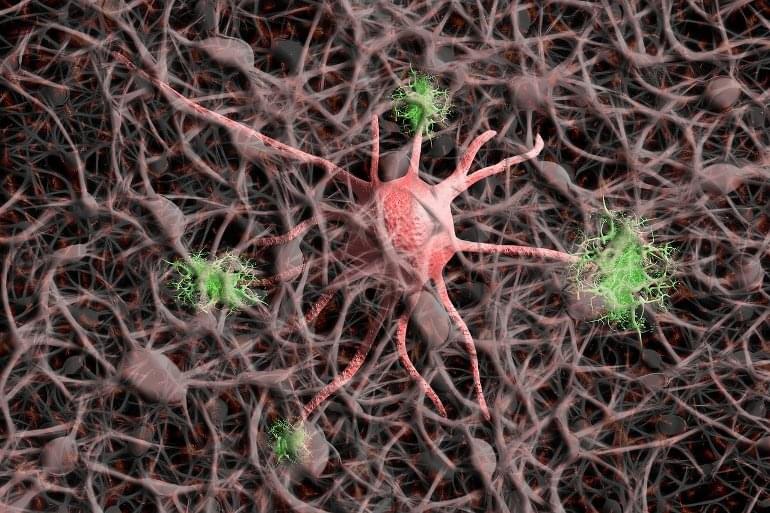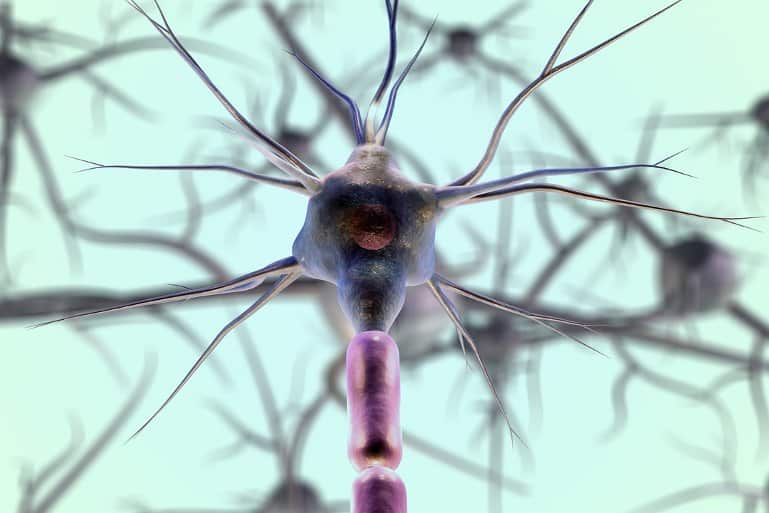Futurefood.
It may not look appetising on the River Torrens, but duckweed could be vital for space travel.


Summary: Researchers have released a whole-brain projectome consisting of over 6,000 single neurons in the mouse prefrontal cortex.
Source: Chinese Academy of Science.
In a study published in Nature Neuroscience, scientists at the Center for Excellence in Brain Science and Intelligence Technology (CEBSIT) of the Chinese Academy of Sciences, along with their collaborators, reported the first release of a whole-brain projectome comprising over 6,000 single neurons in the mouse prefrontal cortex (PFC), making it the largest database of a whole-brain, single-neuron mouse projectome to date.

The dissemination of synthetic biology into materials science is creating an evolving class of functional, engineered living materials that can grow, sense and adapt similar to biological organisms.
Nature has long served as inspiration for the design of materials with improved properties and advanced functionalities. Nonetheless, thus far, no synthetic material has been able to fully recapitulate the complexity of living materials. Living organisms are unique due to their multifunctionality and ability to grow, self-repair, sense and adapt to the environment in an autonomous and sustainable manner. The field of engineered living materials capitalizes on these features to create biological materials with programmable functionalities using engineering tools borrowed from synthetic biology. In this focus issue we feature a Perspective and an Article to highlight how synergies between synthetic biology and biomaterial sciences are providing next-generation engineered living materials with tailored functionalities.

Summary: Using algebraic topography, researchers have created an algorithm that requires only a few examples to generate a large number of unique cells.
Source: EPFL
EPFL’s Blue Brain Project has found a way to use only mathematics to automatically draw neurons in 3D, meaning we are getting closer to being able to build digital twins of brains.


SpaceX’s first upgraded 33-engine Super Heavy booster appears to have passed a crucial test with surprising ease, boding well for a smooth qualification process.
Attempting that test so early on did not appear to be SpaceX’s initial plan. Instead, shortly before Super Heavy Booster 4’s third and likely final removal from Starbase’s ‘orbital launch mount’ (OLM) on March 24th, SpaceX transported a massive structural test stand from a Starbase storage yard to the orbital launch site (OLS), where technicians have focused on modifying nearby ground systems to support apparent structural testing of Super Heavy Booster 7. As of March 31st, all available evidence suggested that SpaceX was preparing that stand to verify Booster 7’s mechanical strength and simulate the major stresses it might experience before investing a significant amount of time and resources in qualification testing.
However, SpaceX appeared to change its plans at the last minute.
Ahead of the Tesla Gigafactory unveil party Thursday, the company’s large presence in Austin has opened doors to new education and job opportunities for locals.

Oxford spinoff First Light Fusion says its novel “projectile” approach offers “the fastest, simplest and cheapest route to commercial fusion power.” The company is now celebrating a significant breakthrough with its first confirmed fusion reaction.
The nuclear fusion space is heating up, if you’ll pardon the pun, as the world orients itself toward a clean energy future. Where current nuclear power plants release energy by splitting atoms in fission reactions, fusion reactors will release energy in the same way the Sun does – by smashing atoms together so hard and so fast that they fuse into higher elements.
Most of the big tokamak and stellarator-based fusion projects in progress now intend to create monstrously high temperatures, higher than in the core of the Sun, in magnetically confined plasma, hoping to get those atoms moving fast enough to overcome the powerful repulsion between two nuclei.

Using a “laser pincer,” scientists can generate their own antimatter, simulations show.
An international team of physicists have come up with a way to generate antimatter in the lab, allowing them to recreate conditions that are similar to those near a neutron star.
This setup, at Helmholtz-Zentrum Dresden-Rossendorf (HZDR) research laboratory in Germany, involves two high-intensity laser beams that can generate a jet of antimatter, as outlined in a paper published earlier this summer in the journal Communications Physics. That could make antimatter-based research far more accessible for scientists around the world.